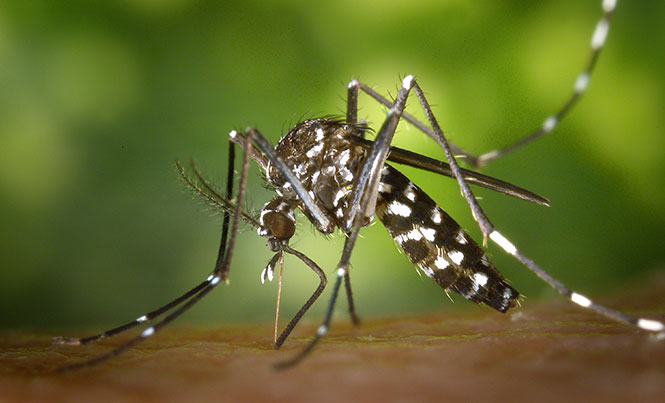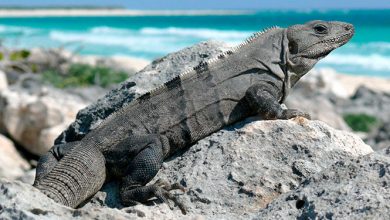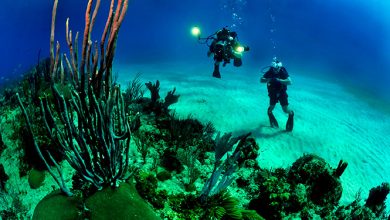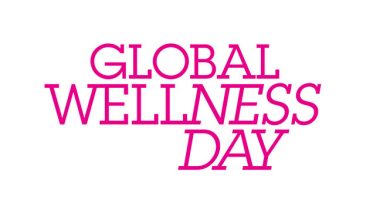Global Alert for the Zika Virus
Find out how the municipality that includes Playa del Carmen is working to prevent infections of the mosquito borne illness

Mexican state and local authorities find themselves on alert because of the global warning issued by the World Health Organization due to the rapid advance of the Zika virus and the possible link with brain damage, especially in the Americas. To avoid the spread of this disease to the Mexican Caribbean, the main tourist destination of the country, various measures are being taken, as happened with the spread of the AH1N1 flu in 2009. This illness is transmitted by the Aedes Aegypti mosquito, the same species which produces dengue and chikungunya.
In Playa del Carmen, state and local government representatives began preventative operations with nebulization of mosquitos. 36 zones, an area of 2,800 hectares will be covered in the city, with a focus on the Ejido and Colosio according to Willberth Armando Cruz Flota, chief of the Vectores district. The recommendation for inhabitants of these areas is to open their doors and windows when the nebulizing teams come by and to keep containers free of standing water and to clean patios of garbage. In Quintana Roo the Zika virus, which is may be associated with microcephaly in babies in Brazil, is not yet present.
During the extraordinary session of the Municipal Health Committee, General Director of Tourism Clementina del Tejo Corral asked for the production of an official bulletin that could be provided to tourists who expressed concern. There are currently 18 cases of Zika in Mexico.
“The United States warns their citizens regarding travel to foreign countries and attempts to reduce the risk of infections by providing a warning with official documentation. We need a document like this where we can provide important information,” she indicated.
Oscar Rodriguez, Director of Health, confirmed the virus could arrive in Quintana Roo, due to the influx of workers from states like Chiapas, where there have been isolated cases.
Because of this, traps for mosquito eggs have been installed, and there is larvae control. People who have a fever or other symptoms should seek medical help. The symptoms of Zika are general aches and pains, slight fever, pink eye, and muscle pain.







